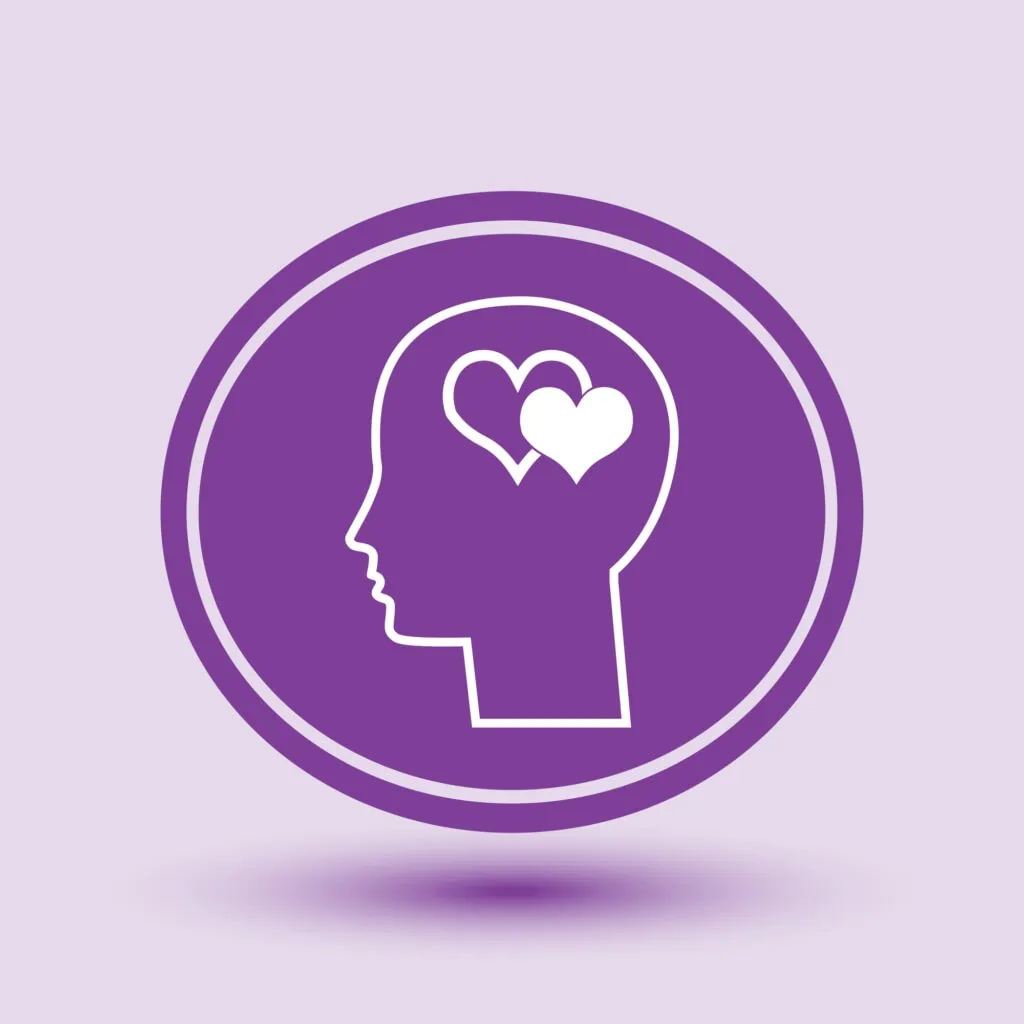Successful recovery from substance abuse and alcohol addiction requires tapping into difficult emotions, often for the first time in many years. However, for many, experiencing feelings without being able to self-medicate can be uncomfortable. What are the key differences between emotional transparency and emotional vulnerability, and how can these two methods support a person in recovery?
Emotional Transparency Vs. Emotional Vulnerability: Defining the Terms
The terms “emotional transparency” and “emotional vulnerability” can feel almost interchangeable. They both deal with emotions and disclosure, right? There’s a subtle, but important difference between the phrases, so let’s establish some baseline definitions.
Emotional Transparency
Emotional transparency is the act of being open about feelings or emotions and can take on both healthy and unhealthy forms of expression.
Some examples of emotional transparency:
- Stephen is being bullied at school. He goes to the teacher and expresses fear, sadness, and rejection over the mistreatment. A meeting is called between the parents of the kids.
- John has a demeaning supervisor who treats him unfairly. He goes home and takes his anger out on his family. He knows subconsciously that his wife and kids aren’t to blame for his anger, but he can’t show his feelings at work, so the frustration comes out at home as he yells about loud playtimes, late dinners, and a messy home.
- Maryann is dealing with the grief and loss of losing her dad. The pain is unbearable, but she finds that talking about her dad and how wonderful he was to anyone that would listen helps her feel like her grief is being seen and understood.
While these examples differ, not all emotional transparency is “bad” or “good.” Being open and showing emotions can be cathartic, healing, and therapeutic, especially in recovery, but that doesn’t mean this is always the case.
Sometimes people lack the emotional regulation to handle their intense emotions appropriately, which can result in unhealthy outbursts (like John, above), damaged relationships, or even violent or abusive behaviors.
Another key element of emotional transparency is that, while the individual may be honest about the emotion, it does not mean they are aware of the cause or willing to work on controlling the feelings. Recognising and communicating emotions like anger, sadness, or frustration doesn’t mean the individual is fully aware of why they’re experiencing the emotion, nor are they necessarily willing or able to work through that emotion in a healthy way.
Emotional Vulnerability
The other term, emotional vulnerability, is similar in that vulnerability is being open about emotions, but there are some important ways that vulnerability differs from transparency. Emotional expression is fundamental in a healing and recovery journey because many people find that coping with difficult emotions is the root of their addiction. Vulnerability is not simply expressing or demonstrating emotion. Vulnerability is having the humility and self-awareness to express those emotions in safe ways.
Some examples of emotional vulnerability:
- Since getting sober, Carl has regularly attended support group meetings and has a 12-step sponsor. Expressing his feelings was awkward and uncomfortable initially, but after a few months of witnessing others share their stories, Carl is beginning to see the benefit of vulnerability. He’s still not to the point where he can share his feelings naturally, but he’s making progress.
- Ashley is shy, and making friends has been anxiety-inducing, so she prefers solitude. After starting her first post-college job, however, Ashley was “adopted” by a colleague, who pursued a friendship with Ashley, who eventually accepted the friendship. Ashley has since started expanding her social circle, and has a small group of women she considers close friends, who she can talk to about her life, worries, dreams, and more.
Everyone has different comfort levels with emotional vulnerability. Some people come from families where sharing emotions is rewarded, and others come from families where emotions are mocked, ridiculed, or punished. Some people are excited about the opportunity to open up about their feelings, and others dread it. However, those in recovery will tell you that emotional vulnerability is conducive to healing and lasting change.
How To Practice Emotional Vulnerability
Emotional vulnerability, like all skills, requires practice. Here are three key steps if you’re interested in learning how to be more emotionally vulnerable with those around you.
Step 1. Process Your Emotions
Being vulnerable can be tricky, and some can feel frustrated that they can’t find the words to communicate their feelings. Journaling beforehand, practicing mindfulness, and doing some solo self-reflection before opening up to others can ensure you have the words to articulate your feelings.
Step 2. Pick the Right People
Being emotionally vulnerable with the wrong people can do more damage than healing. Choosing the right people to trust with your emotions helps ensure that your vulnerability isn’t betrayed. A trusted therapist, a reliable friend, or a close family member can be a great person to be vulnerable with.
Step 3. Start Slow
You don’t have to bare your whole soul when starting your journey to being more emotionally open. Especially if you are new to discussing emotions, keeping things simple and discussing the here-and-now can be a compelling step to examining the deeper, more complicated emotions.
Conclusion
Emotional transparency and vulnerability can be valuable tools in a recovery journey, but vulnerability with a trusted counselor, sponsor, friend, or family member can be a game-changer. Start slow, pick your inner circle wisely, and practice self-reflection. Sometimes the best first step you can take is to pick up the phone.







